Starting in the 1880, landscape painting, an artistic genre universally appreciated by critics and the public alike, allowed artists to approach their work with greater subjectivity. They were thus able to use the unique character of their perception of light and colour as a pretext to free their painting from the grip of academicism. This liberation gave rise to a succession of aesthetic schools based on Romantic, Impressionist and Post-Impressionist landscape painting. But above and beyond the question of artistic styles, landscape was primarily a window open to the world of visual sensations.
EXPERIENCE THE VIRTUAL TOUR OF THIS EXHIBITION
Visual sensations, yes, but not only! Artists who go out into Nature find themselves in a world composed of numerous changing and simultaneous sensory perceptions. With the change of seasons, the experience of landscape is completely transformed: colours, lights, sounds, odours, meteorological phenomena and the presence of human beings and animals shape the sensations that artists aspire to reconstruct in their work. The representational strategies they develop to convey their impressions, and have us feel them, constitute the main subject of this room.
It is not surprising that photography has figured prominently in the development of landscape art. At times an adjunct to the artist’s work, at times a document that, because it can so readily be reproduced, has served the purposes of education, tourism or national construction, the photograph is also a work of art in its own right. The presentation of various technical approaches that showcase the strengths and constraints specific to each discipline in the depiction of landscape offers a complete panorama of the evolution of this major genre in the history of Québec art.

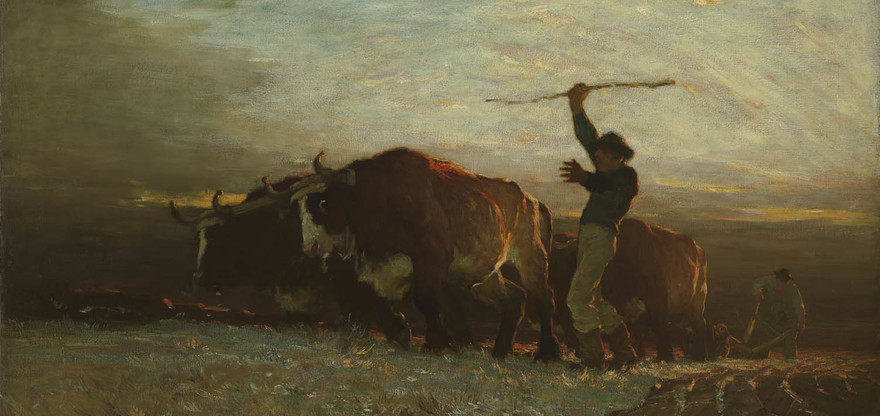
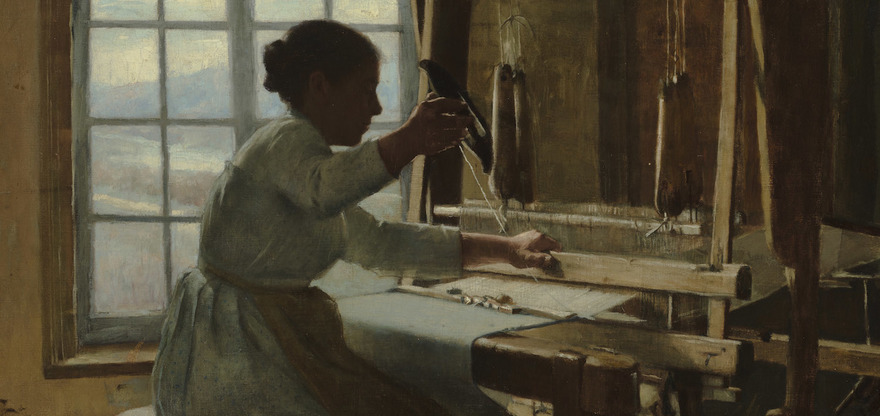
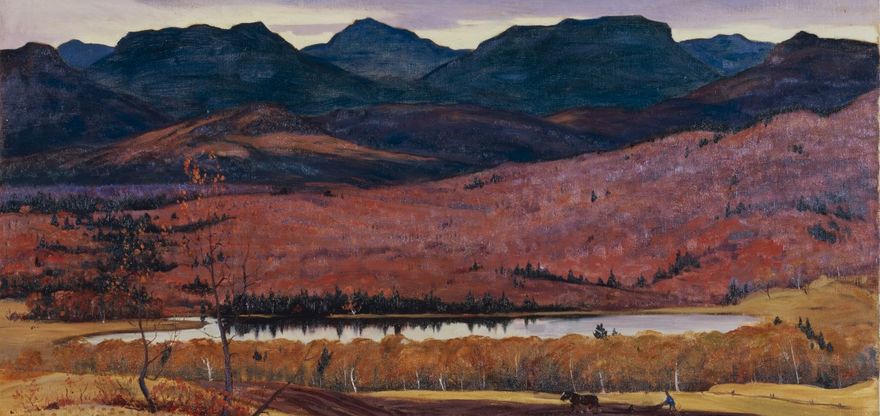
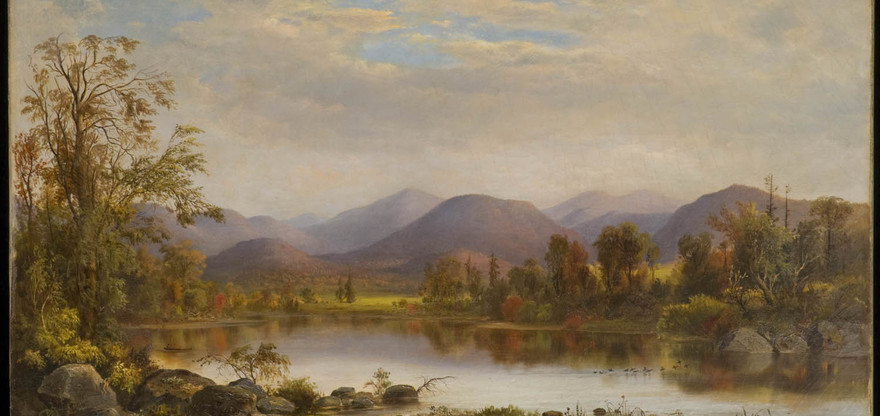
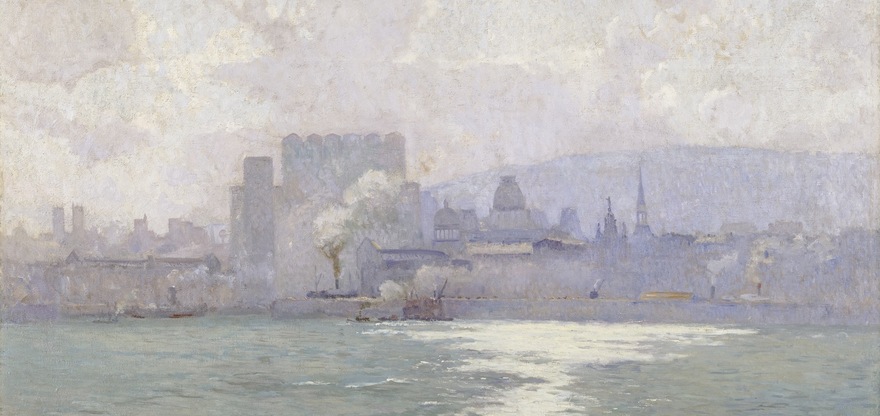


Give us your feedback